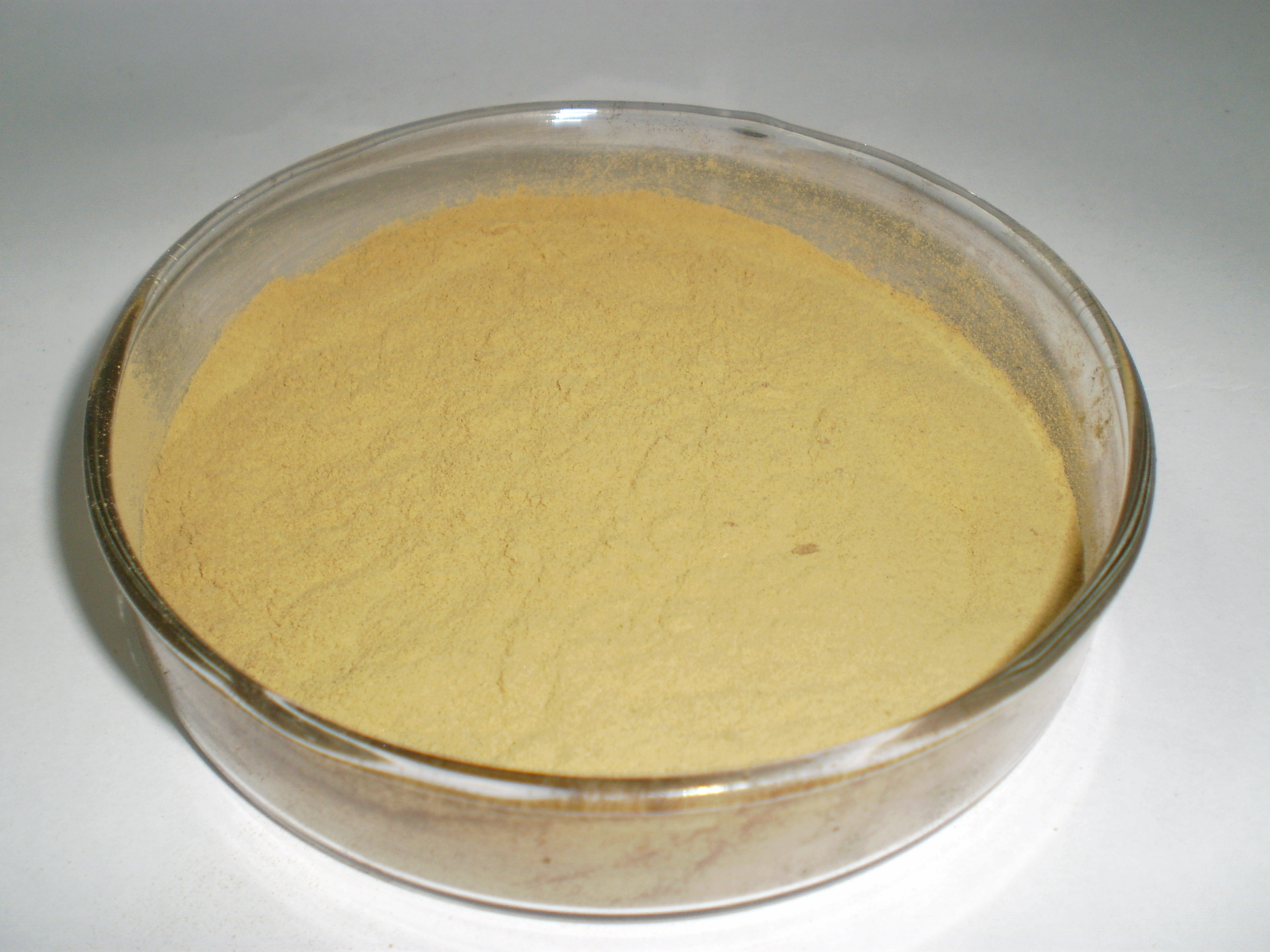While calcium lignosulfonate is generally considered a safe and effective additive in various applications, there are a few potential side effects to be aware of:
- Environmental impact:
- Excessive or improper use of calcium lignosulfonate in water bodies can lead to increased eutrophication.
- The complexation of metal ions by calcium lignosulfonate can alter the bioavailability and cycling of these nutrients in aquatic ecosystems.
- This can potentially disrupt the balance of the ecosystem and cause adverse effects on aquatic life.
- Toxicity concerns:
- There is limited research on the long-term toxicity of calcium lignosulfonate, especially when used in high concentrations or in sensitive environments.
- Some studies have suggested potential toxic effects on certain aquatic organisms, such as fish and zooplankton, depending on the exposure levels.
- pH sensitivity:
- As mentioned earlier, the effectiveness of calcium lignosulfonate is highly dependent on the pH of the water or soil.
- In acidic or highly alkaline environments, the complexation and dispersant properties of calcium lignosulfonate may be diminished, reducing its intended benefits.
- This can lead to suboptimal performance and potentially unexpected consequences.
- Compatibility with other chemicals:
- Calcium lignosulfonate may interact with other water treatment chemicals or agricultural inputs, such as coagulants, flocculants, or fertilizers.
- These interactions can potentially affect the overall performance and efficiency of the treatment process or agricultural application.
- Potential residual impacts:
- There are limited studies on the long-term fate and persistence of calcium lignosulfonate in the environment.
- Concerns have been raised about the potential for bioaccumulation or persistence of the lignosulfonate compounds in soil, sediments, or groundwater.
To mitigate these potential side effects, it is crucial to follow the recommended dosages, application guidelines, and environmental regulations when using calcium lignosulfonate in water treatment, agriculture, or other applications. Careful monitoring and assessment of potential impacts are essential to ensure the safe and sustainable use of this chemical additive.

